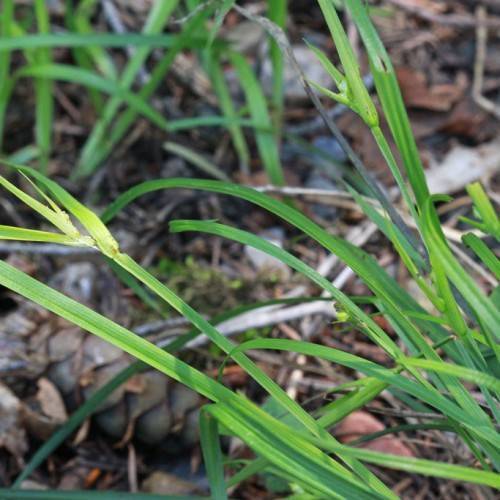
Rocky Mountain Sedge
Carex backii
Also Known As - Back's SedgeWatering:
Average
Hardiness Zone:
Sun:
full sun,part shade
Growth Rate:
Low
Drought Tolerant:
Yes
Salt Tolerant:
Yes
watering
Watering should be done deeply but infrequently; this species prefers its water source to be slow and steady rather than over-watering and then allowing it to dry out until the next song. As a general rule of thumb, Sedge plants should receive about 1-1.5 inches of water each week, including rainfall. If natural rainfall is not sufficient, then supplementing is recommended. During intense periods of heat or droughts, it may be beneficial to water Sedge plants more frequently, but as much as possible aim for the 1-1.5 inch range. Make sure to check the soil moisture levels before deciding to water as Sedge plants do not tolerate being over-watered.
sunlight
Sedge (Carex atrosquama x) grows best in full sun, which means that it should be exposed to direct sunlight for at least 6-8 hours per day. If the plants are not getting enough sunlight, they may become weak and lethargic. In addition, the leaves may become pale or yellow. It is important to provide this plant species with the correct amount of sunlight to ensure optimal growth and health.
pruning
Most sedge plants, including Carex atrosquama x, benefit from pruning, which should take place in spring and late summer. In the spring, late frosts will often cause dieback or the development of growths that are not the best form. Pruning back these tips and shoots will promote fuller and more attractive growth. In late summer, dead foliage can be removed to make way for new foliage and flowers. Pruning should be done sparingly to maintain the natural shape of the plant and not remove more than 1-third of the foliage.
